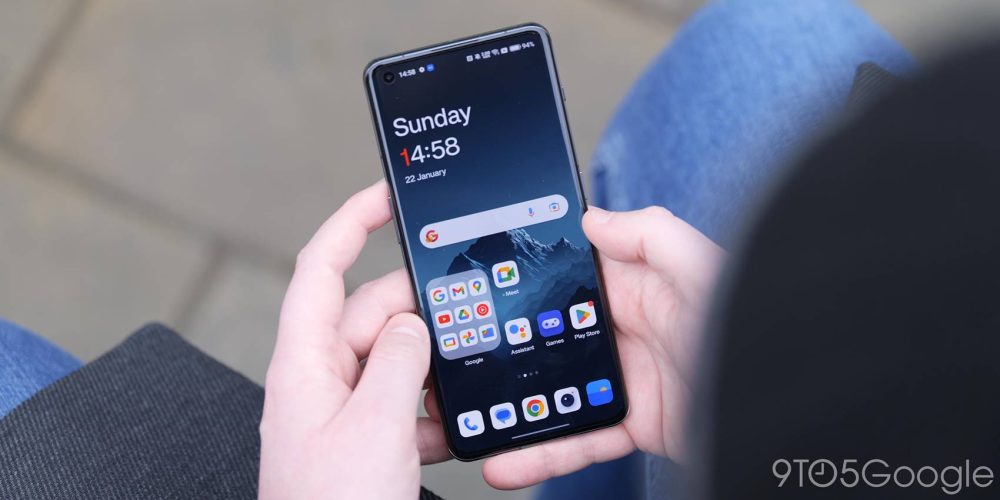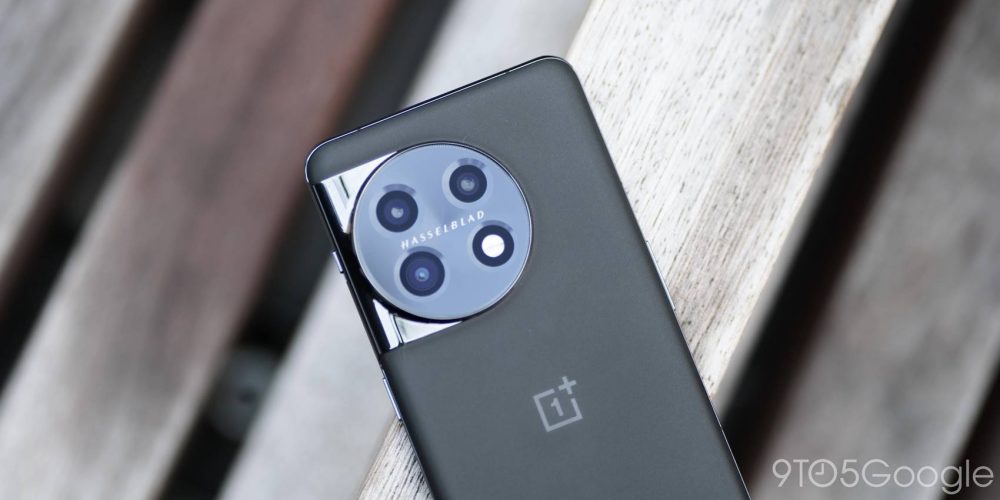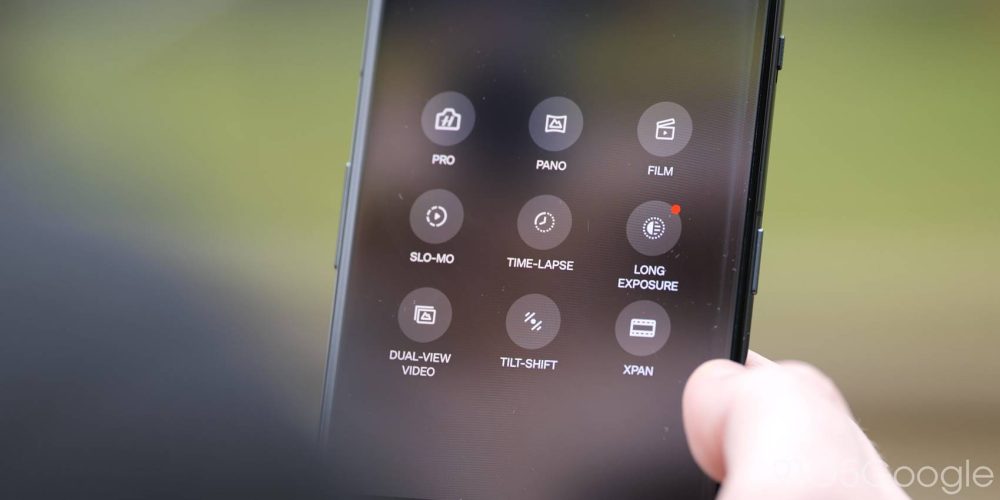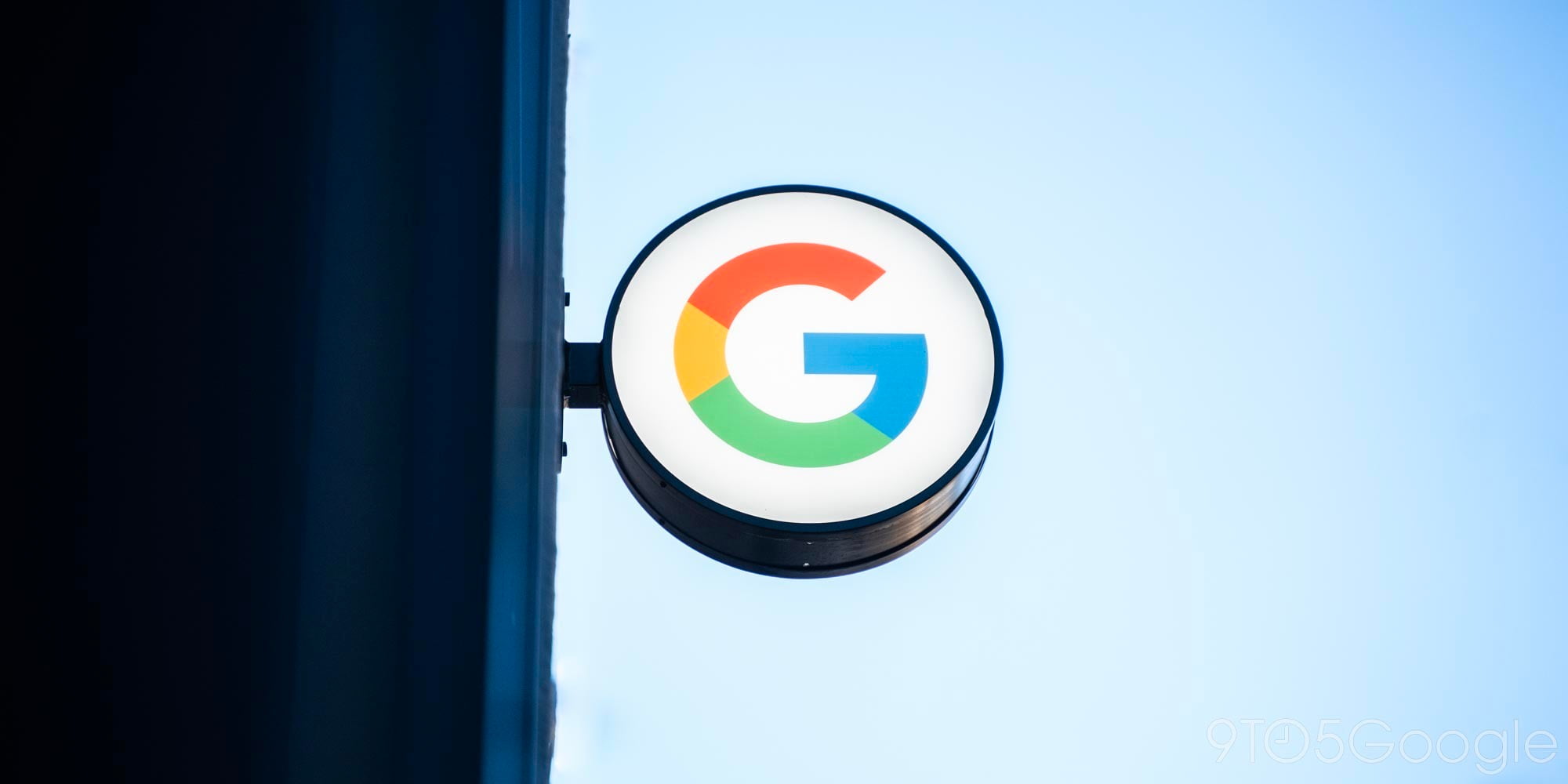
The OnePlus 10 Pro felt like a slightly disappointing follow-up to the OnePlus 9 Pro, but how does the OnePlus 11— sans “Pro” — stack up? Let’s find out.
It’s important to note that OnePlus appears to be dropping the “Pro” versions of devices this year. In many ways, this is a good thing, but it feels quite jarring given that we’ve seen a standard and “Pro” model each year since 2019. Who knows, we could see this change reverted with future releases.
As it stands, the current flagship OnePlus 11 is the biggest and best phone that has come from the firm famous for its “Never Settle” ethos. Let’s assess where the improvements (and potential downgrades) have been made over the OnePlus 10 Pro.
For more video content, subscribe to 9to5Google on YouTube.
Hardware


Expecting a massive design refresh is out of the question each and every single year. We have given kudos to OnePlus in recent years for tweaking and refining the “Color Material Finish” or CMF recipe for their flagship smartphones. The changes are limited to the rear camera bump, which now wraps around the edge of the frame and bleeds more cohesively into the OnePlus 11 chassis.
OnePlus is shipping this newer panel as LTPO 3.0, and it certainly feels smoother than the already slick 10 Pro screen. Another benefit is the dynamic refresh rate that can drop as low as 1Hz when showing the AOD. This should help save battery life and combine with the existing AOD design library.
| OnePlus 10 Pro | OnePlus 11 | |
| Size | 6.7 inches | 6.7 inches |
| Display | Curved QHD+ / LTPO 2.0 / 120Hz / 525ppi / 20:9 aspect ratio | Curved QHD+ / LTPO 3.0 / 120Hz / 525ppi / 20:9 aspect ratio |
| Chipset | Qualcomm Snapdragon 8 Gen 1 | Qualcomm Snapdragon 8 Gen 2 |
| RAM | 8/12GB RAM | 8/16GB |
| Storage | 128/256/512GB / UFS 3.1 | 128GB UFS 3.1 /256GB UFS 4.0 |
| Battery | 5,000mAh | 5,000mAh |
| Biometrics | In-display optical fingerprint scanner | In-display optical fingerprint scanner |
| Colors | Emerald Forest / Volcanic Black | Titan Black / Eternal Green |
Most of the notable changes are – as you would expect – to the internals. The upgrades are not truly substantial, but there are upgrades nonetheless. Qualcomm’s most powerful current mobile processor is at the very heart of the OnePlus 11. There is an apparent 35% total performance gain on the new chip. Graphical performance and power savings are where the most substantial boosts have been made.

On paper, there are some notable performance boosts when switching from the Qualcomm Snapdragon 8 Gen 1 processor to the latest Snapdragon 8 Gen 2. Whether it’s a placebo or not, the OnePlus 11 feels faster and, therefore, smoother than the OnePlus 10 Pro.
In isolation, the OnePlus 10 Pro is fluid, but when we start to compare things side-by-side as you would expect the newer handset has an undoubted edge. Apps should load milliseconds faster thanks to the UFS 4.0 storage on the OnePlus 11, but this isn’t always the case. Make no mistake, these are both fast, fluid phones.
Software

There are very few if any new software tweaks save a few exclusive features that are packed into the OnePlus 11. This means that OxygenOS 13 is identical on the OnePlus 10 Pro and OnePlus 11. If you don’t like the ColorOS-ification of OxygenOS, then this Android 13-based build might not be for you.
| OnePlus 10 Pro | OnePlus 11 | |
| Software | Shipped with Android 12 and OxygenOS 12.1 | Ships with Android 13 and OxygenOS 13 |
| Updates | 3 OS upgrades / 4 years security patches | 4 OS upgrades / 5 years security patches |
| Features | HyperBoost Gaming Engine Pro Gaming Mode Zen Mode 2.0 Dark mode w/ dedicated toggle | HyperBoost Gaming Engine Pro Gaming Mode Zen Mode 2.0 Dark mode w/ dedicated toggle |
Performance differences aside, the simple fact is that the OnePlus 10 Pro will not be supported for as long as the OnePlus 11. In late November, OnePlus confirmed that flagship devices launched in 2023 will get an extra Android update and a further year of bimonthly security patches. This is great for longevity and actually surpasses Google’s own update schedule for the Pixel series. You’ll be able to get Android 15 on the OnePlus 10 Pro and Android 17 on the OnePlus 11.
Battery

The same battery technology is packed into these flagship OenPlus phones. A 5,000mAh dual 2,500mAh cell that includes superfast charging. This is where some differences become apparent and the OnePlus 10 Pro has greater charging options across the board. If you simply must have wireless charging and reverse wireless charging, then sadly, the OnePlus 11 lacks any ability to charge using a Qi pad.
An undoubted frustration, the improved 100W wired charging offers even faster charge times. In ideal conditions, it should be able to go from 0-100% in under 30 minutes. This is fast, but not exponentially faster than the OnePlus 10 Pro’s 80W fast charging, which can go from 0 to 100% in around 32 minutes.
That said, the maximum wired charge speeds are lower in North American markets at 65W and 80W for the OnePlus 10 Pro and OnePlus 11 respectively. It’s supposedly due to North America’s usage of 110 and 120-volt AC power rather than the 220-240-volt standard used in global regions.
| OnePlus 10 Pro | OnePlus 11 | |
| Battery size | 5,000mAh | 5,000mAh |
| Charging speed | 80W wired / 65W in NA 50W Warp Wireless 5W reverse wireless charging | 100W wired / 80W in NA |
After years of avoiding adding wireless charging prior OnePlus flagships, it’s truly disappointing to see the company take a major step backwards and remove the option from one of its best phones to date. Whether it’s essential will be up to you, but there is certainly an edge to the OnePlus 10 Pro over the OnePlus 11 in charging tech.
Where the OnePlus 11 beats out the OnePlus 10 Pro is in the lifespan. Much of this is due to the usage of the more efficient Snapdragon 8 Gen 2. The added lifespan and marginally faster-wired charging speeds might help make up for the lack of wireless charging.
Camera


There was a ton of hype surrounding the Hasselblad camera tuning partnership for OnePlus’s flagship phones. In recent years, this has certainly improved the camera capabilities, but no OnePlus has truly competed with the best in the business.
Even after a short period with the OnePlus 11, it’s a major step up over the OnePlus 10 Pro. The latter camera system even had a few downgrades over the OnePlus 9 Pro. Clearly, OnePlus has decided to go all-out with the camera this time around. The larger 50-megapixel main sensor is a substantial step up and when combined with improvements to the ultra-wide and telephoto, things are much healthier in all areas this year.
| OnePlus 10 Pro | OnePlus 11 | |
| Main sensor | Sony IMX789 48MP f1.8 aperture | Sony IMX890 50MP f1.8 aperture |
| Secondary sensor | Samsung JN1 50MP ultra-wide-angle f2.2 aperture 150˚ FOV | Sony IMX581 48MP ultra-wide-angle f2.2 aperture 115˚ FOV |
| Tertiary sensor | 8MP 3.3x telephoto f2.4 aperture | Sony IMX709 32MP 2x telephoto f2.0 aperture |
| Front-facing sensor | Sony IMX615 32MP f2.2 aperture | Samsung IMX471 16MP f2.45 aperture |
| Camera hardware features | OIS EIS PDAF | OIS EIS PDAF |
| Camera software features | Hasselblad Pro Mode Hasselblad UI tweaks Tilt-shift mode Nightscape 150-degree mode Long exposure Dual-view video Film mode XPan mode | Hasselblad Pro Mode Hasselblad UI tweaks Hasselblad Masters Mode Tilt-shift mode Nightscape Long exposure Dual-view video Film mode XPan mode |
Much of the improvements are down to the improved sensor choices, the result is just a more rounded camera system on the OnePlus 11. It excels in areas where the OnePlus 10 Pro faltered. The Hasselblad color system remains one of the best components on both devices. This includes a number of functions that have merely been tuned and honed rather than redefined. The Hasselblad Master Mode is a prime example, it’s just a bunch of filters that you can add to your images.

It feels like the OnePlus 11 camera setup is a substantial step up over the OnePlus 10 Pro. The latter device regressed after following the OnePlus 9 series, but the OnePlus 11 is already shaping up to be the best camera ever seen in a OnePlus phone.
OnePlus 10 Pro vs. OnePlus 11: Should you upgrade?

About upgrading: 9to5Google often gives specific product recommendations. Sometimes, we may suggest not upgrading, due to various reasons including, but not limited to: increased device cost, negligible performance gains, or environmental impact. Whether to upgrade is always your call, but our aim is to help you make as informed a decision as possible.
There are so many similarities between the OnePlus 10 Pro and the OnePlus 11, at face value, it’s hard to distinguish. Even despite this, the newer device has made some important improvements, but in typical OnePlus fashion still manages to sacrifice features that felt hard fought for. Losing wireless charging seems silly and no official IP rating is another frustrating omission.
If this is the final Hasselblad-certified camera system, then it could very well be the best that OnePlus has produced. Does it compete with the best in the industry? That is debatable, but the camera is impressive when compared to its predecessors.
Despite some confusing corner-cutting, the OnePlus 11 does offer meaningful improvements this year. It feels like there have been some thoughtful changes given the lukewarm response to the OnePlus 10 Pro. It’s a better phone in almost every regard — with extra emphasis on “almost.”
FTC: We use income earning auto affiliate links. More.





Comments